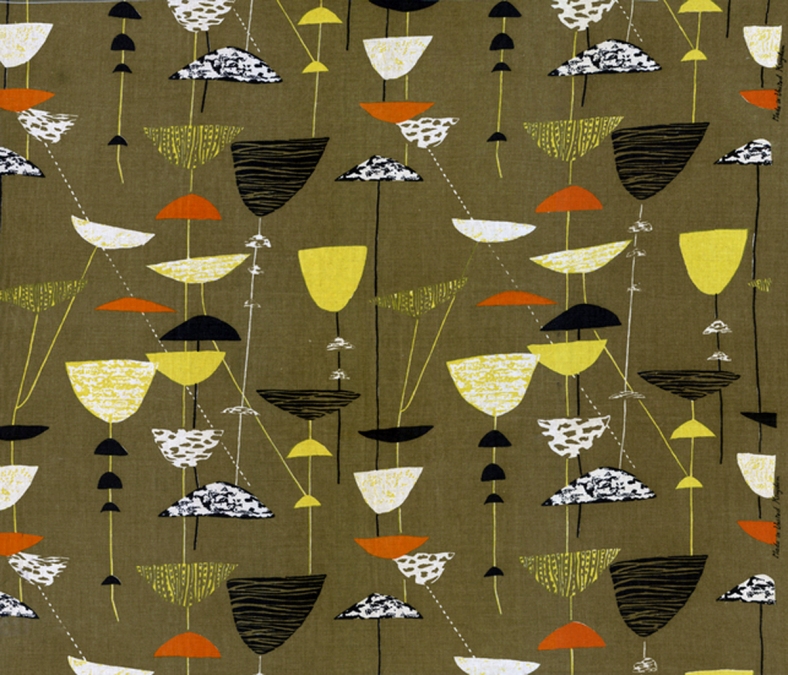As part of responsive professional practice we have been following the penguin design awards brief. I thought I would enjoy this – knowing it is a not only a live brief , but more than that – a competition – gave the whole project a bit of an edge. Initially my research took me through the specified brief and to previous winners – amazing work. Part of me felt how can I compete with that?, part of me stood back in admiration, but once I got over that, picked myself up and started sketching.
I reluctantly chose just one book – knowing the time limits I have – the children’s fiction title ‘Emil and the Detectives’ by Erich Kastner. Im not a ‘reader’ but wanted get the detail out of the pages so read the book cover to cover. I struggled with too many ideas and not knowing which one to run with. Looking back I wish I had somehow been able to spend more time on taking each idea further. I explored fingerprints, the bowler hat, magnifying glass, buildings, moustache, the train, tram, 1920s decor, German fashions, shadows, the money, the characters of Emil and the thief Grundeis. I would have loved more time to make it interactive – a game – search for the bowler hat amidst the busy city (literally what Emil had to do). Treasure hunt for the money – I could see arrows and details in my mind, but planning this out took time I didn’t have. Join the dots , colouring in. Paper craft, origami, 3D effect. I know my children enjoy it most when a book isn’t just a book.
The cover needed to be literal and any minimalist metaphors needing lateral thinking would be lost on children. I wanted a busy cover to satisfy the busy minds – colour and content took over, to me it seemed to much – but worth thinking about through a childs eyes – maybe thats what would appeal to them. Would it make it ‘pick-unable’ as per the brief.
I attempted to use my crafting skills as a comfortable start point- this seemed to go well. exploring paper cut (very much in awe of Rob Ryan) my favourite bright colours, risograph and collages (inspiration from Printed Peanut), Linoprint (Chris Brown). Ive long been fan of Angie Lewin’s organic based woodcuts with the attention to details, but Mark Hearld (love the lino) Jonny Hannah (wow) and all at St Judes press are fast becoming my favourites too. Illustrations (Linzi Hunter) I found harder – people and characters are difficult for me. I found the image of Emil in the past very difficult to bring up to date.
Hand on skills turned to processing this in photoshop. I found this difficult again, but do feel with each brief I learn new techniques and shortcut. More importantly I am learning the potential of what can be done – opening up a whole range of ideas (a bit too many for my mind capacity at times). However, in retrospect I needed to explore potential layout more before jumping in with a favourite. Working through scanning and importing scanned linoprint houses into photoshop was educational (to say the least) along with making the selections and then downloading and arranging them on the given template all this took me a long time – which should have been spent on deciding on layout a bit more. I found it frustrating.
After much rearranging I still wasn’t happy with the layout. Im aware I am a bit of a perfectionist, but equally its difficult to know when to stop tweaking the design – I’ll just try this – no doesn’t work either – OK lets try this …. back to the start. I hope I will develop more instinct with experience.
With the extended deadline this made me make more adjustments. I do think the final piece benefitted from this, and in particular the first crit – I took on board points about business with colour and composition – I took away some houses and resigned a monochrome house colour scheme with accents of yellow. I looked at the text for the title and made and imported my own handwritten font. I rearranged the writing on the spine, for it to stand out better and I explored different shaped ‘hands’ and ‘spot lamp’ as suggested, but still liked the initial ones more.
Still I kept changing things. It was tempting to start again or do one of the other ideas. Very tempting. But in the end I was happy with the way I had refined the idea and just to produce something passable with all the required elements in photoshop was a big enough achievement for me – Im not so much a perfectionist but I just wanted to do the best I can (remembering theres £1000 at stake here!).
Im looking to submit it. One of my favourite sayings – Nothing ventured, nothing gained.

Random Houses

Mock up

Another idea



































You must be logged in to post a comment.